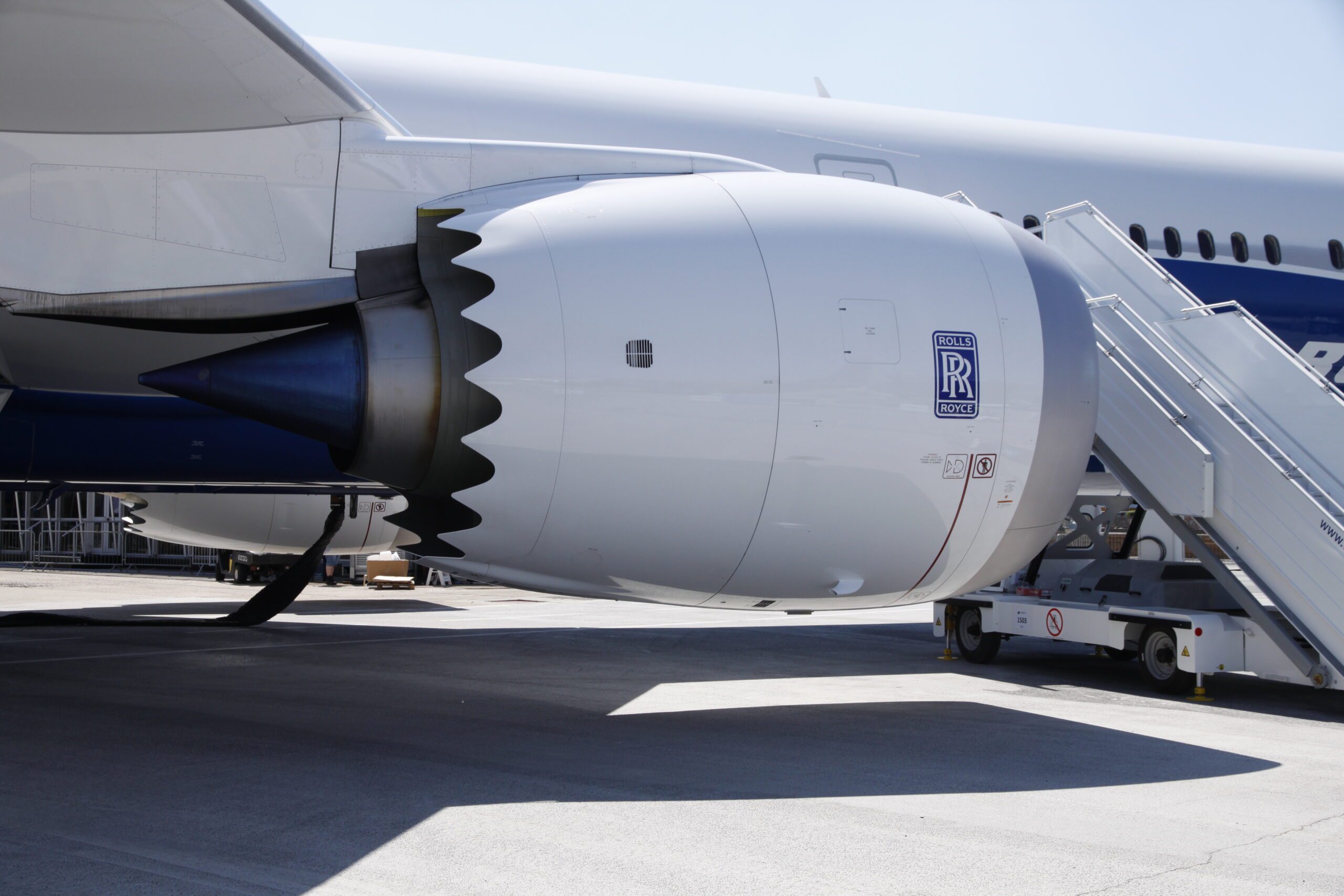
MG 1275
In the first six months of 2020, Rolls-Royce has made good progress by solving most issues with the Trent 1000. The engine maker reported on July 9 that it has reduced the backlog of aircraft-on-ground to a single-digit fleet, most likely helped by the grounding of many aircraft because of Covid-19.
The overhaul includes replacement of parts on Trent 1000s with the so-called Package B and C specifications. They include the six modifications on the intermediate compressor (IPC), intermediate turbine (IPT), and high-pressure turbine (HPT). All engines are fitted on the Boeing 787.
On the 1000 TEN, only the HPT redesign needs to be completed and certified. Rolls says the more durable design is on track for incorporation on the fleet by the end of HY1 2021. The TEN is the standard version on the 787-10 but is also available on the -9.
New issue with LPT discs
Not all Trent 1000 issues are in the past. On July 6, Europe’s EASA proposed an Airworthiness Directive that requests an inspection of low-pressure turbine (LPT) discs. “Due to rubbing contact with interstage static seals, cracks may initiate in the front seal fins which could lead to cracks in the disc of the affected parts”, the AD says. “This condition, if not detected and corrected, could lead to crack propagation, possibly resulting in LP turbine disc failure and high-energy debris release, with consequent damage to, and reduced control of, the aeroplane.” The proposal is up for consultation until early August.
Cash flow impacted by reduced receipts
The HY1 update didn’t provide detailed financial information as this will be published on August 27. It did confirm that because of the reduced flying hours and less maintenance, free cash flow was reduced of GBP 3 billion. It missed GBP 1.1 billion in receipts as fewer engines were delivered or made fewer hours. During HY1, engine flying hours (EFH) on the worldwide widebody fleet was down by an average of -50 percent, with -80 percent in April the lowest point. Rolls-Royce expects the situation to improve marginally for the remainder of the year, as long-haul flights will recover slowly. EFH is expected to be -55 percent for the whole of 2020.
Cash flow was also impacted by another GBP 1.1 billion from the cessation of invoice factoring. In HY2, free cash flow is expected to improve to GBP 4 billion.
Rolls-Royce reduced costs by GBP 300 million, about one-third of the GBP 1 billion target for 2020. The company announced a worldwide reduction of staff by 9.000 in April, 8.000 of those planned at Civil Aerospace. In the UK, some 2.000 employees are expected to have left the company by the end of August.
The OEM has GBP 8.1 billion in liquidity available, including GBP 1.9 billion as part of an undrawn revolving credit facility and a GBP 2 billion underwritten new loan. In its outlook for 2020, Rolls-Royce says it expects to deliver 250 widebody engines based on build rates from Boeing and Airbus. It delivered 130 in HY1. Engine flying hours are expect to return to 70 percent in 2021.
Views: 2



